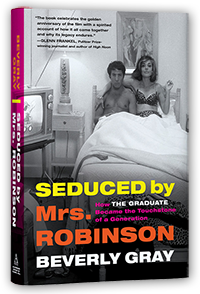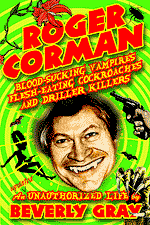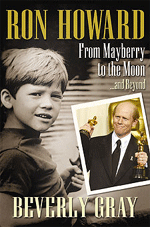Once upon a time, L.A. was known for its newness. Anything
that went back a generation or so (The Brown Derby, The Ambassador Hotel, Pickfair) was bound for the wrecking ball. Today, fortunately, there are groups around –
like the invaluable L.A. Conservancy -- that will put up a fight to save the
past. I’m especially enthralled by the old Downtown buildings now being
transformed by imaginative developers and conservationists into funky living
spaces.
One of my favorite recent films, (500) Days of Summer, is a rueful comedy about love gone awry, set
entirely among those who live and work in L.A.’s downtown. But if (500) Days of Summer glorifies the
modern cityscape, as well as such classic architectural wonders as the Bradbury
Building (1893), it does not much stray into the area I explored this weekend, an
industrial zone now coming to be called the Arts District. Some sections of the
district, like a building at Mateo and Industrial Streets that was once home to
the National Biscuit Company, now house elegant lofts designed to attract
hipsters with fat wallets and a taste for the finer things. That’s why chic
cafes are starting to abound. I slurped a fine latte at Handsome Roasters, an
espresso joint so sincere that tea is banned from the menu, along with any add-in
other than the organic whole milk they favor. Want a spoonful of sugar?
Fuggedaboudit!
Though the dining is becoming high-end on Mateo Street, the
area still boasts the vast spaces and graffiti-scarred walls that film crews
are looking for. L.A.Conservancy's guide to this vicinity points out the Nate
Starkman and Son Building, a cavernous brick structure from 1908, where the
final episode of House was shot.
Nearby Palmetto Street often stands in for San Francisco and other far-flung
locales. And a former meat-packing plant is now a popular filming venue called
Willow Studios, for those in need of a jail, a meat locker, a machine room, or
a functioning bar.
Slightly further north, Traction Avenue proudly offers
gallery and living space to a number of working artists. These folks don’t
expect – and can’t afford – the amenities that the Biscuit Company Lofts denizens
require. You know, things like elevators to reach a flat that has terrific
natural light, a great view, a rudimentary kitchen, and not much else. At the
Southern California Supply Company Building at Traction and East Third, painter
and assemblage artist A.S. Ashley is suffering from a badly broken ankle (the result
of a surfing mishap), so he can barely leave his fourth-floor walk-up to enjoy
the burgeoning street-life below.
I was impressed by how
Ashley incorporates Hollywood into his aesthetic view of the world. His walls
are hung with giant depictions of intense cinematic moments, like Paul Newman cradling
his broken fingers in The Hustler and
young Billy Mumy demonstrating his deadly powers in a famous episode of The Twilight Zone. I appreciated the
humor of Salvador Dali painting Bugs Bunny, as well as the morbid Nazification of the
ventriloquist’s dummy from Magic.
Back in the day, this area was an important rail freight
center. When Roger Corman was shooting Little
Shop of Horrors, cronies Chuck Griffith and Mel Welles paid a Southern
Pacific crew two bottles of Scotch to back a locomotive away from actor Bobbie
Coogan, who was lying on the track. They’d later print the shot in reverse to
simulate Coogan (playing a
drunken tramp) being run over by the train. The
next day, Welles told me, Twentieth Century-Fox paid the railway company
$15,000 to perform the same service.
photos by Bernie Bienstock











This is a wild post - about a city I know so much and yet so little about. I like the businesses that have standing stock sets standing ready - that feels very Hollywood to me. And it's always nice to hear stories of the crazy days of early Corman. I wonder if the on camera bottle Mr. Coogan rises up in search of in one shot is one of the bottles that then served as payment for the train back-up?
ReplyDeleteGood question, Mr. C. I just wish that Chuck Griffith and Mel Welles were alive so that I could ask them! (I miss Chuck, in particular. A remarkable guy.)
ReplyDeleteI'm halfway through your book about filmmaker Roger Corman, and have found that some of his movies are on YouTube, some in full. Here's The Intruder in full: http://www.youtube.com/watch?v=DGkLnjn8E3k
ReplyDeleteBeast from Haunted Cave: http://www.youtube.com/watch?v=0v-d-9XImtc
Little Shop of Horrors: http://www.youtube.com/watch?v=rIb_iYW53wc
A Bucket of Blood: http://www.youtube.com/watch?v=3bVcp5ZqTEY
Piranha: http://www.youtube.com/watch?v=3bVcp5ZqTEY
And the list goes on. Thanks to your book for turning me on this!
Thanks, David. I look forward to catching up with some of those classics.
ReplyDelete